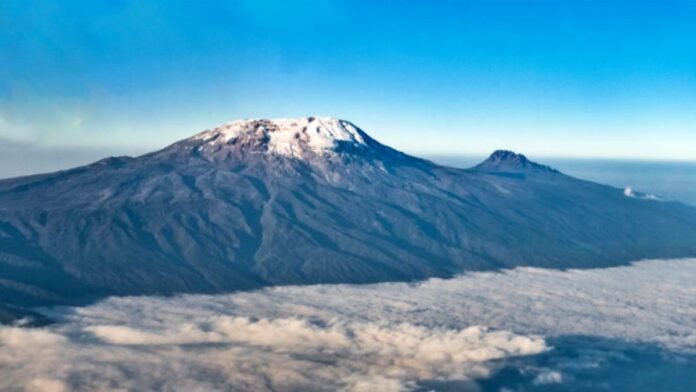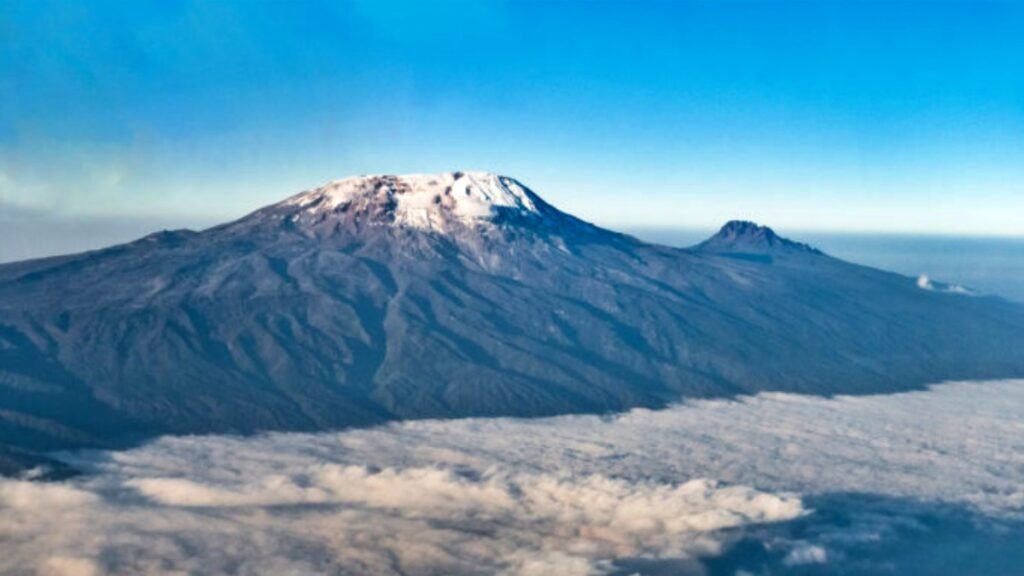
Geneva: Glaciers at several UNESCO World Heritage sites, including Yellowstone and Kilimanjaro National Parks, will disappear by 2050, according to a new United Nations report. The UN agency UNESCO has assessed the impact of global warming on about 66,000 square kilometers (25,000 sq mi) after studying 18,600 glaciers at 50 World Heritage sites. UNESCO said, “Studies show that these glaciers are melting continuously due to CO2 emissions.” The agency explained that glaciers are losing 58 billion tonnes of ice each year, which was equal to the combined annual water use of France and Spain, and were responsible for about five percent of global sea level rise.
One-third of glaciers will disappear by 2050
UNESCO said that glaciers in a third of the 50 World Heritage sites will disappear by 2050 if current conditions continue. In Africa, glaciers in all World Heritage sites will be gone by 2050, including Kilimanjaro National Park and Mount Kenya. In Europe, some glaciers in the Pyrenees and Dolomites may also disappear after three decades. The organization further said that if the increase in temperature does not exceed 1.5 °C compared to the pre-industrial period, it is still possible to save glaciers in the remaining two-thirds of the sites. However, this target does not appear to be being met in any of the reports.

Carbon emissions continue
The “Global Carbon Budget 2022” report, which came amid the United Nations Climate Summit in Egypt, said that the total emission estimate of 40.6 billion tonnes of CO2 in the year 2022 is close to the highest annual emissions of 40.9 billion tonnes of CO2 in 2019. According to the report, if current emissions levels remain, there is a 50 percent chance that 1.5 degrees Celsius of warming will be exceeded in nine years. The global warming limit set by the Paris Agreement is 1.5°C, which gives the world hope that it will be enough to avoid the worst effects of climate change. Earth’s global surface temperature has increased by about 1.1°C compared to the average pre-industrial (1850–1900) levels and this increase has been attributed to record droughts, wildfires around the world, and devastating floods in Pakistan. is considered.







































